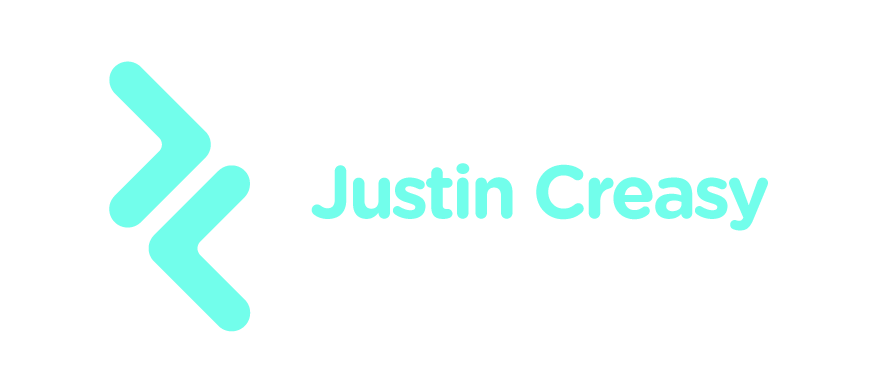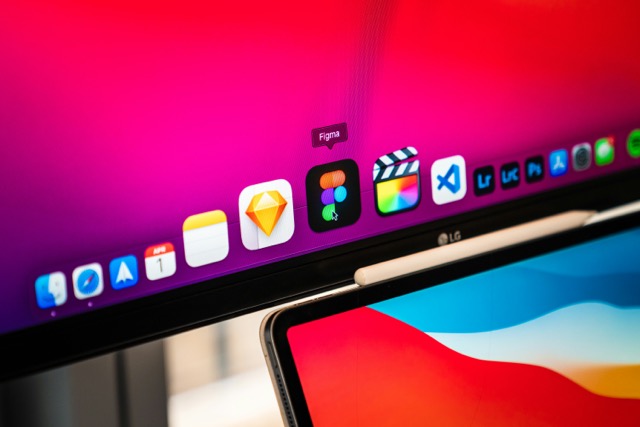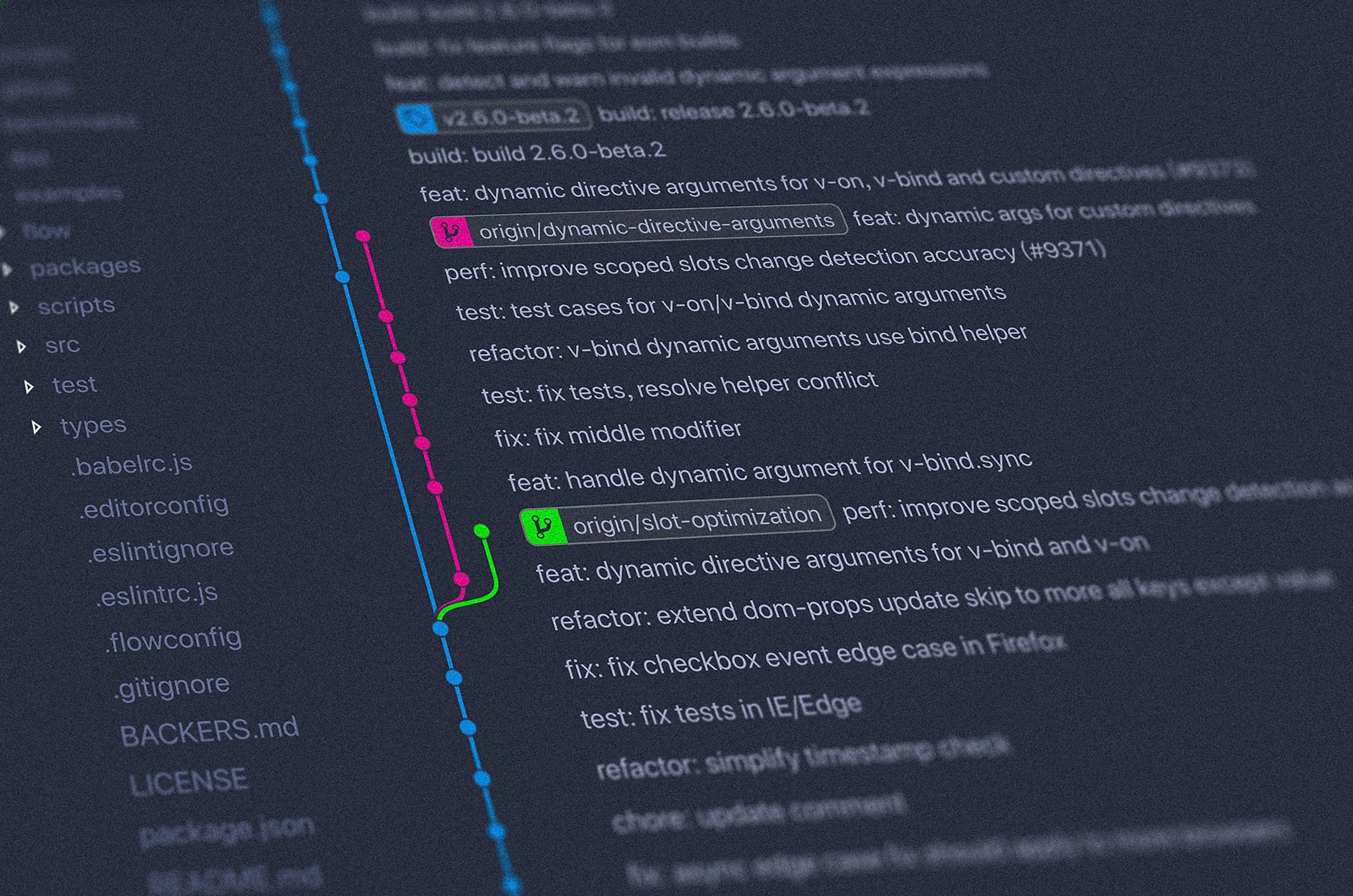Mastering Figma Prototyping: A Comprehensive Tutorial
Introduction
In today’s fast-paced digital landscape, creating a seamless and intuitive user experience is crucial for any business seeking to thrive online. A Figma prototyping tutorial can equip designers and teams with the skills needed to efficiently bring their design ideas to life. As an industry-leading tool, Figma offers a robust platform for creating interactive prototypes, allowing for real-time collaboration, immediate feedback, and rapid iteration. This tutorial will uncover the essentials of Figma prototyping, addressing why mastering this skill is increasingly important in the realm of UX/UI design.
Understanding Figma Prototyping
What is Figma Prototyping?
Figma prototyping refers to the process of creating interactive mockups using Figma, a powerful web-based design tool. Unlike static design comps, prototypes allow designers to simulate a real product experience, providing stakeholders with a clear understanding of user flow and interactions.
Prototyping in Figma involves linking different design screens using hotspots, transitions, and animations. This functionality helps in visualizing user interactions and gathering user feedback before moving into development.
Why Use Figma for Prototyping?
Benefits of Using Figma for Prototyping
- Real-Time Collaboration: Unlike other design tools, Figma operates entirely in the browser, which means multiple team members can work on the same project simultaneously, reducing workflow bottlenecks.
- Cross-Platform Accessibility: Figma is easily accessible across different devices, making it a favorite choice among design teams working virtually or on the go.
- Comprehensive Toolset: From vector editing to integrated design systems, Figma provides an all-in-one solution for designers.
- Cost-Effective: Figma offers a free tier that supports essential features, making it accessible for both freelancers and small teams.
Getting Started with Figma Prototyping
Basic Steps in Figma Prototyping
-
Set Up Your Figma File:
- Create a new Figma file and ensure you have all the design components ready.
- Organize your design into individual frames.
-
Create Interactions:
- Select a frame or a component in your design.
- Use the Prototype tab to add interactions, linking frames together based on user flow.
-
Adding Transitions:
- Define how the transition between frames should occur, using options such as dissolve, slide, or smart animate for more fluid interactions.
-
Test Your Prototype:
- Use Figma’s built-in tools to simulate a user’s journey, ensuring the interactions work correctly.
- Gather feedback to refine your design before the development stage.
Best Practices for Effective Prototyping
- Keep it Simple: Start with basic interactions to avoid overwhelming users.
- Use a Consistent Design Pattern: Maintain uniformity across different screens to enhance user comprehension.
- Iterate Often: Utilize feedback loops to continually optimize your prototype.
Enhancing Your Prototyping Skills
Leveraging Figma’s Advanced Features
-
Smart Animate: Utilize this feature to create dynamic movement between frames by calculating object changes, making transitions smoother.
-
Overlay Features: Add pop-up overlays for additional user interactions, such as modals or tooltips.
-
Component Variants: Streamline design updates by creating variants, managing different states of a component efficiently.
Conclusion
A well-crafted Figma prototyping tutorial is instrumental in enabling designers to convey complex design ideas with clarity and precision. By familiarizing yourself with Figma’s intuitive tools and best practices, you can significantly enhance your prototyping efforts, leading to better user experiences and more effective design solutions. Whether you are a seasoned designer or a budding beginner, mastering Figma prototyping is a valuable skill that can set you apart in the competitive UX/UI landscape.
This comprehensive guide has walked you through the essentials and advanced techniques of Figma prototyping. Embrace these insights to bring your creative vision seamlessly into the real-world application.




